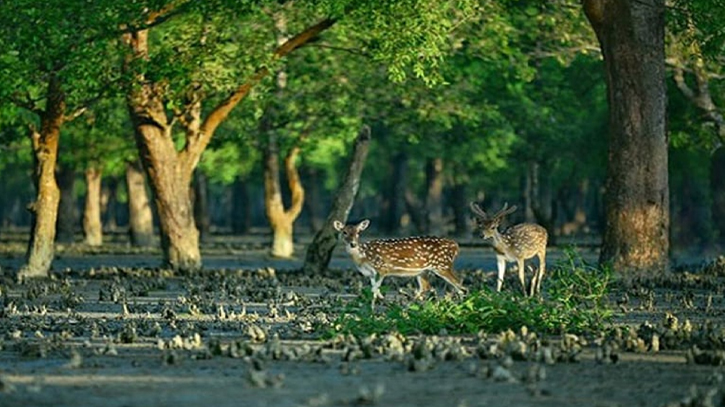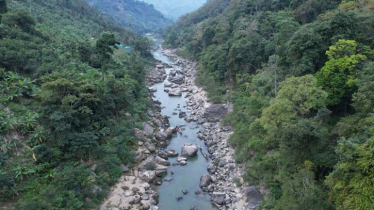
Photo: Messenger
The Sundarbans, the largest mangrove forest in Bangladesh, is set to reopen for tourists, fishers, wood cutters and honey collectors on September 1 (Sunday) after three months of closure.
The three-month ban on fishing and tourism in the Sundarbans, from June 1 to August 31, aims to provide a safe breeding environment for fish and wild animals. The movement of all vessels, including boats and fishing trawlers, is prohibited, along with the entry of fishermen and honey collectors. Local and foreign tourists are also barred from entering the forest during this time.
Sundarbans getting back to normal a month after cyclone Remal. During these three months, most fish release eggs, and it is also the breeding season for many wild animals. Restricting access helps protect biodiversity and wildlife.
The restriction was application for visitors, mainly tourists, as well as people who come to work in the forest for their livelihoods.
Ahead of the reopening, local fishers, tour operators, launches and boat drivers were gearing up to enter the Sundarbans once again. In the villages surrounding the Sundarbans, a flurry of activity can be observed as fishermen prepare to return to the waters. Some are busy repairing old nets, while others are setting up new ones. Boats and trawlers are being readied for the journey ahead, and there is a buzz of anticipation as the community looks forward to resuming their traditional way of life.
The reopening is also a time of optimism for the tourism sector, which plays a crucial role in the local economy. Tour operators like M. Emadul Hoque are eager to welcome back tourists and have made all necessary preparations to ensure a smooth experience for visitors.
According to forest department sources, the Sundarbans' water bodies are home to a rich diversity of marine life, including 210 species of white fish, 24 species of shrimp, and 14 species of crabs. The three-month ban, which started on June 1st, was strategically imposed during the breeding season to ensure the conservation of these species.
The forest department implemented this ban to restrict the entry of locals and tourists, thus allowing the ecosystem to regenerate and thrive without human interference. As the ban is lifted today, the authorities are hopeful that the measures taken during the closure will contribute to the long-term sustainability of the Sundarbans.
Mongla tour operator M. Emadul Hoque expressed his excitement, saying, "After three months of closure, we are lifting the ban on entering the Sundarbans. We have made all preparations for tourists. Once bookings are confirmed, tourists can start their journey from Sunday.
The impact on wildlife has been minimal compared to previous years." His sentiments are echoed by local fishermen like Mashum, who said, "Many people in our area depend heavily on the Sundarbans. After three months of entry restriction, the ban is finally ending. We are leaving for the Sundarbans early Sunday morning."
The reopening is not without its challenges, however. The Bangladesh Environmental Action Network (BEAN) has emphasized the need for vigilance to prevent any harm to wildlife.
M. Nur Alam Sheikh, BEAN’s Central Joint Editor, stated, "After a long three-month closure, the Sundarbans will reopen on September 1st. During this time, efforts will be made to prevent any wildlife killings. The use of poison in the Sundarbans' canals will be strictly prohibited. We hope law enforcement will be vigilant to prevent poaching."
Messenger/Disha








